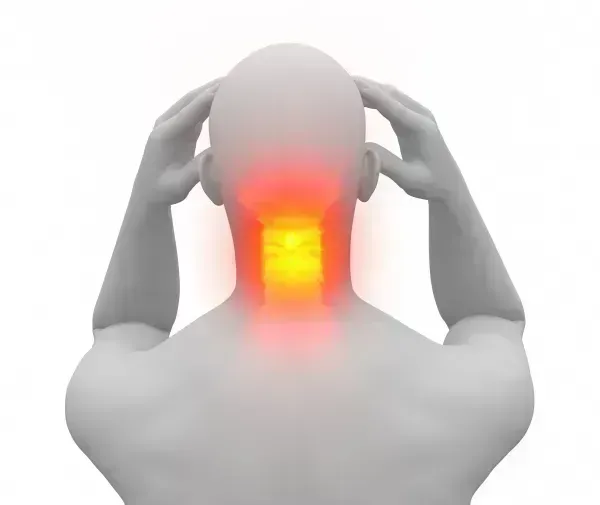Look Back for These Details on Intervertebral Disc Dx
If the provider documented Schmorl’s nodes, it will affect ICD-10 coding. Coders that come up against claims for patients suffering from intervertebral disc disorders need to be expert in several diagnosis coding areas, including the level of the cervical disc displacement, whether the provider documented Schmorl’s nodes, and your options for coding disc degeneration. Help’s here: We’ve got some advice that will turn your cervical disc disorder diagnosis coding a breeze for each patient. Check out the following tips to make sure you know which ICD-10 choices you can look to when it comes to intervertebral disc disorders. Tip 1: I.D. Levels for Disc Displacement When reporting displacement of cervical intervertebral disc, you must specify the precise location of the displacement in the cervical region, i.e. high or mid cervical, or displacement at the cervicothoracic region. Take a look at your possible choices: When your provider does not specify location of the displacement in the cervical region, you should report M50.20 (Other cervical disc displacement, unspecified cervical region). Tip 2: Rely on These Codes For Thoracic, Lumbar Displacement When the provider documents a displacement of an intervertebral disc in the lumbar and lumbosacral regions, you would look to the following two codes: “The diagnosis code M51.27 would only apply to an L5S1 disc displacement, but it is unclear the rationale to separately identify disc displacements at this single location when compared with other lumbar disc locations,” says Gregory Przybylski, MD, immediate past chairman of neuroscience and director of neurosurgery at the New Jersey Neuroscience Institute, JFK Medical Center in Edison, New Jersey. And, when the provider documents displacement of a thoracic and thoracolumbar intervertebral discs, you would look to the following codes: Unspecified: When the provider does not specify the location of the displacement in the thoracic or lumbar region, you should report M51.9 (Unspecified thoracic, thoracolumbar and lumbosacral intervertebral disc disorder). Tip 3: Mind any Schmorl’s Nodes Notes ICD-10 offers specific codes for Schmorl’s nodes in various regions of the vertebral column. Schmorl’s nodes defined: Schmorl’s nodes, also called Schmorl’s nodules, are protrusions of disc material into the adjacent vertebral bone. The cartilage of the intervertebral disc, the disc between two spine bones, protrudes into the adjacent vertebra. “This represents a degenerative disc condition on the continuum of other degenerative changes seen in the aging spine,” Przybylski says. When the provider diagnoses Schmorl’s nodes, you must check the location of the nodes. Tip 4: Get Regional for Disc Degeneration If the physician documents cervical intervertebral disc degeneration, you should know that you have specific options for high, mid, and low cervical regions. The following are the codes you will choose depending upon which part of the cervical region is affected: However, if the provider documents degeneration of thoracic or lumbar intervertebral discs, you would look to the following codes:




